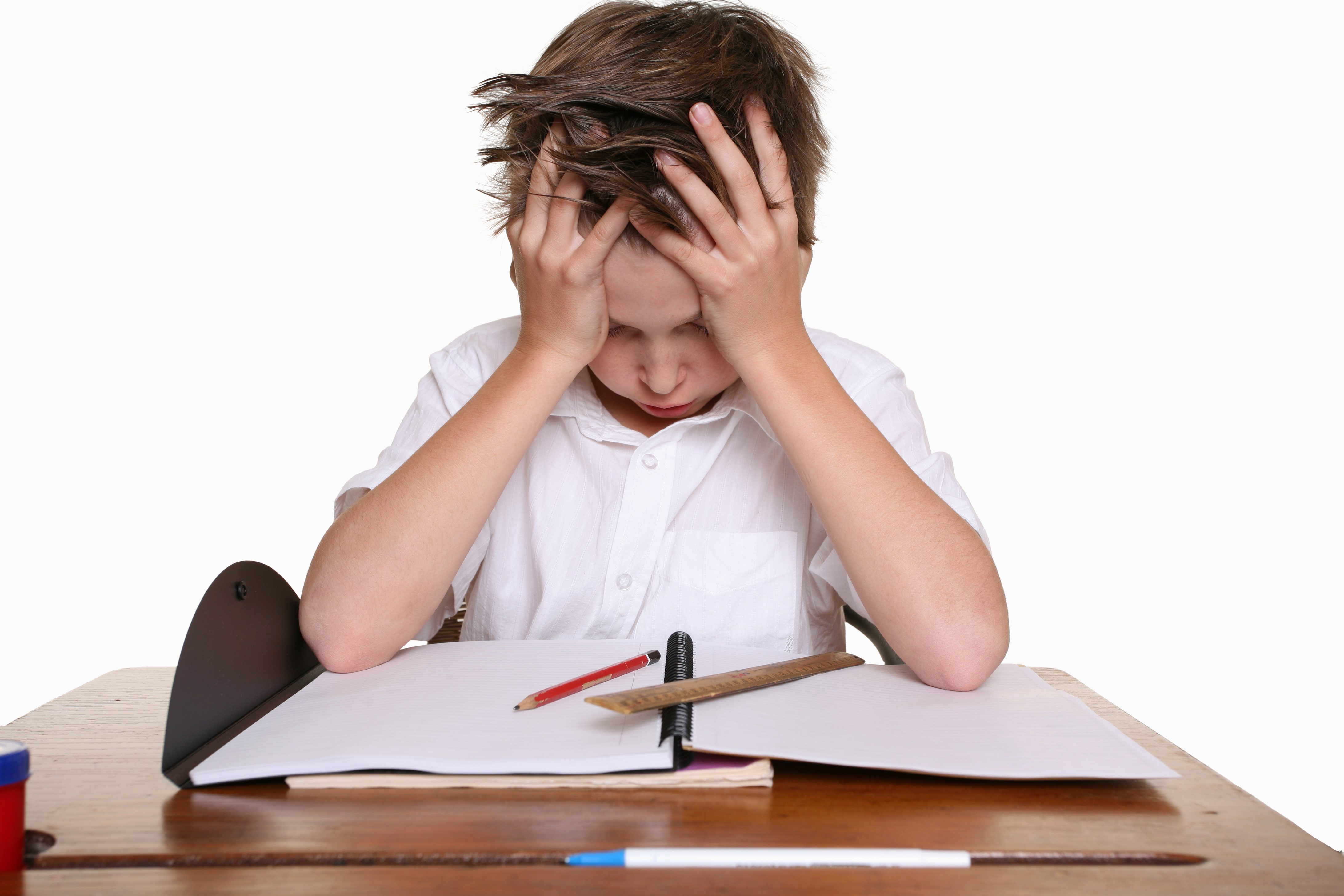Childhood Stress

 As adults we have hundreds of sources for stress: in our homes, in our jobs, in society, financially, relationally, physically, mentally, and the list goes on and on. It’s easy to discuss with friends the “problem of the week” or with colleagues “what’s wrong with the world today.” Oftentimes we don’t consider that children have these same sources for stress. In fact, many of us reminisce about childhood being “easy” and free of responsibilities. In my clinical experience, however, that has not been the case for many children and adolescents. Due to disregarded stressors (external and internal), many youth present with psychological issues or conditions, including disruptive and defiant behaviors, ADHD, depression, anxiety, social problems, low self-esteem, substance abuse, learning or academic difficulties, and sexual behavior problems. External stressors can occur within the family (i.e., separation, changes and/or disorganization, loss, finances), peers (i.e., bullying, loss, assimilation), school (i.e., success and expectations, child/teacher relationship, learning limitations), and community (i.e., social pressures, violence, media). Internal sources for stress might include hunger, pain, physical sensitivities (to noise, temperature change, crowding, etc.), fatigue, over- and under-stimulation, psychological conditions, and physical disabilities.
As adults we have hundreds of sources for stress: in our homes, in our jobs, in society, financially, relationally, physically, mentally, and the list goes on and on. It’s easy to discuss with friends the “problem of the week” or with colleagues “what’s wrong with the world today.” Oftentimes we don’t consider that children have these same sources for stress. In fact, many of us reminisce about childhood being “easy” and free of responsibilities. In my clinical experience, however, that has not been the case for many children and adolescents. Due to disregarded stressors (external and internal), many youth present with psychological issues or conditions, including disruptive and defiant behaviors, ADHD, depression, anxiety, social problems, low self-esteem, substance abuse, learning or academic difficulties, and sexual behavior problems. External stressors can occur within the family (i.e., separation, changes and/or disorganization, loss, finances), peers (i.e., bullying, loss, assimilation), school (i.e., success and expectations, child/teacher relationship, learning limitations), and community (i.e., social pressures, violence, media). Internal sources for stress might include hunger, pain, physical sensitivities (to noise, temperature change, crowding, etc.), fatigue, over- and under-stimulation, psychological conditions, and physical disabilities.
A main difference with adult versus child stress is that adults have had years of learning coping mechanisms to manage their stress (some positive, some not-so-positive) whereas children are not so fortunate. Due to cognitive limitations children generally rely on previously learned behaviors to diminish the stress (i.e., crying, temper tantrums, asking questions, being withdrawn, thumb sucking). However, this may lead to a negative cycle whereas symptoms remain, become enhanced, and/or transfer to other problems – especially if the child is disciplined for the “inappropriate” behavior. Here are some signs to look for if your child or adolescent may be experiencing external or internal stressors: crying, sweating palms, tantrums or aggressive outbursts, headaches and stomachaches, toileting accidents, sleep disturbances, sadness, avoidance, excessive shyness, hypervigilance, excessive worry, “freezing up” in social situations, seemingly obsessive interests in objects or routines, excessive clinging, inattentiveness, or hyperactivity.
So, as a parent, what do you do? First, it’s important to know what NOT to do…Do not assume that your child can or will cope in the same manner you do. Then what? 1. Appropriately prepare the child and help them anticipate the stressor (if and when possible). 2. Provide the child with an age-appropriate and friendly environment where they feel supported to play out or express their concerns. 3. Help the child identify various coping strategies, including relaxation techniques, artistic expression, and positive self-talk skills (i.e., “I can do this”). 4. Help the child recognize, name, accept, and express their feelings appropriately. Many child and adolescent therapists can offer these tools, this special type of environment, and provide other recommendations for helping children cope with stress. Also, in some cases, psychological testing may be necessary to fully understand the nature and impact of external and internal stressors.
